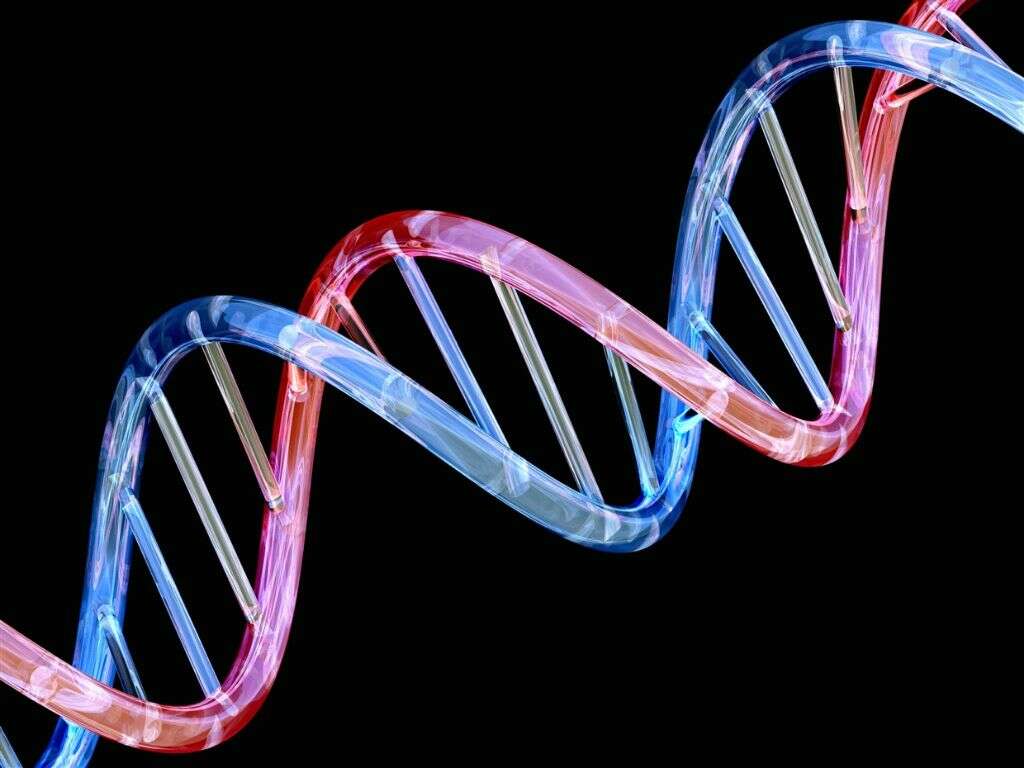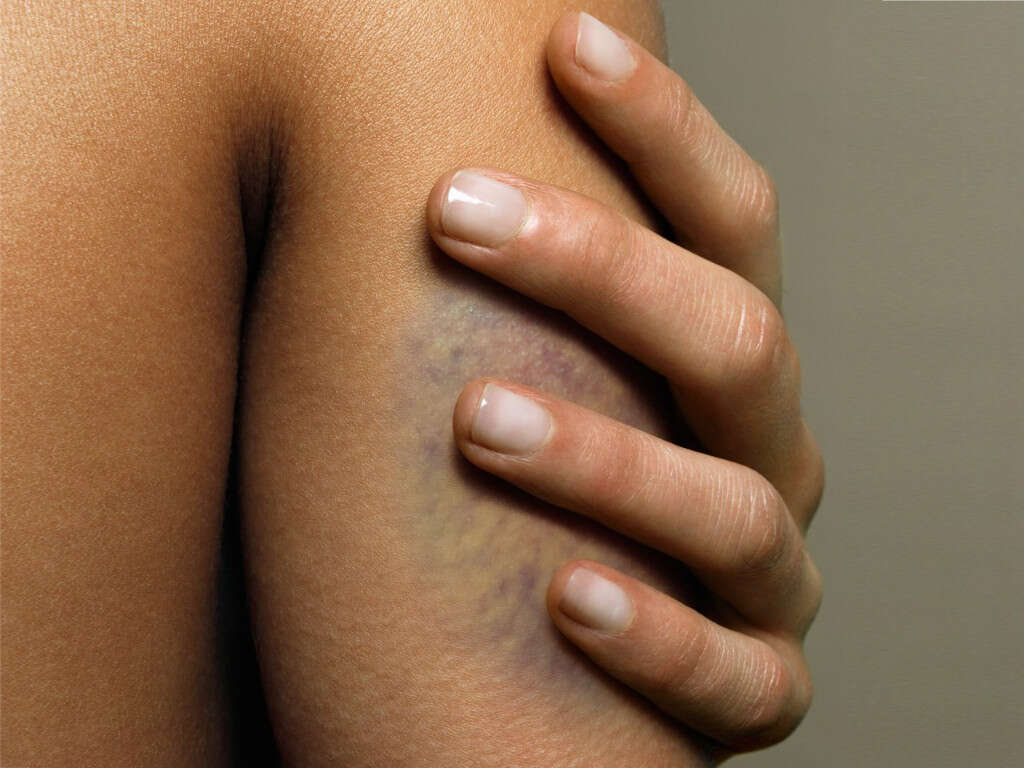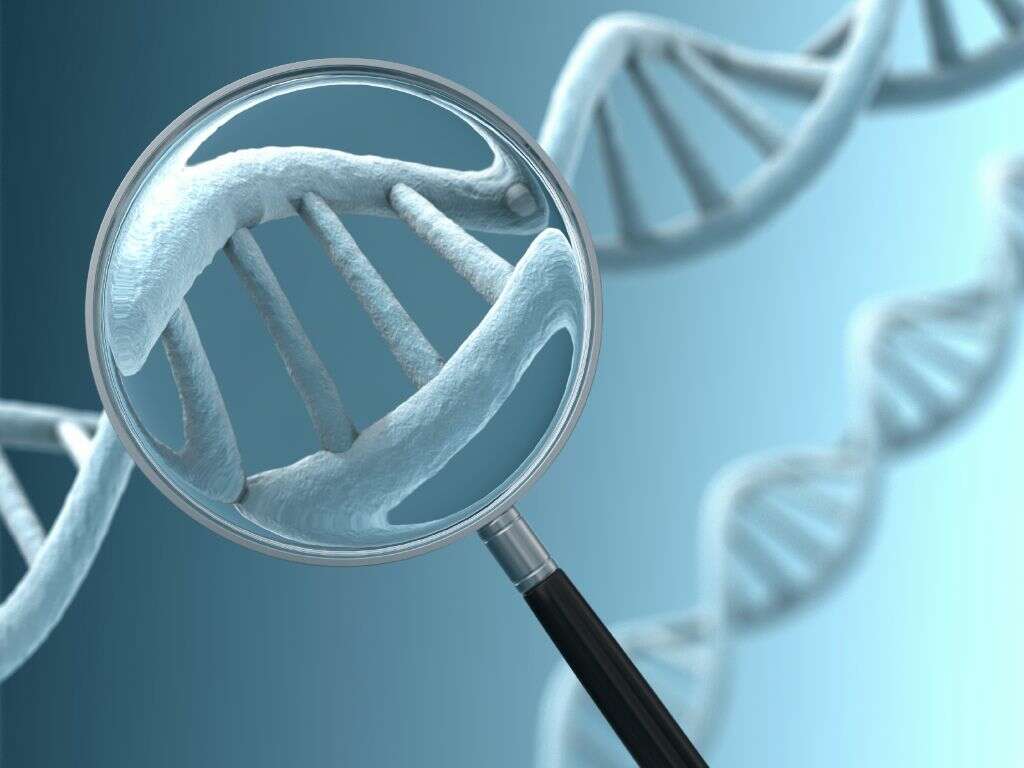What Is Ehlers Danlos Syndrome?
Your body is like a house in that if there is a problem with the support structure, i.e., the connective tissue, the resulting issues can cause systemic instability. Ehlers-Danlos syndrome is one of many disorders that causes problems with the body’s connective tissue.
EDS can result from defects in several different genes. As a result, it encompasses a wide range of different subtypes affecting different body systems. The symptoms of each of the different subtypes can range in severity from mild to severe.

1. Symptoms
Joint hypermobility is one symptom that is present in all subtypes of Ehlers-Danlos syndrome. When a joint is hypermobile, it has a much greater range of motion than normal. Hypermobility due to EDS can put you at greater risk for painful dislocations.
The classic subtype of EDS, which is the most common, is also characterized by abnormalities of the skin. It may be soft and velvety, able to stretch farther than normal, but also more fragile and prone to scarring. It can be difficult to repair a flesh wound with stitches if you have EDS because your skin may not be strong enough to hold the stitches.

2. Subtypes
Ehlers-Danlos syndrome is categorized into 13 subtypes, the symptoms of which vary widely and affect different systems. One of the most serious is vascular EDS, which can cause weakness of the blood vessels and internal organs, putting you at risk of ruptures of the aorta, intestine, or uterus.
Other specific subtypes of Ehlers-Danlos syndrome include periodontal EDS, which causes abnormalities of the teeth and gums. Kyphoscoliotic EDS can cause abnormal curvature of the spine. Brittle cornea syndrome is a subtype of EDS that specifically affects the eye.
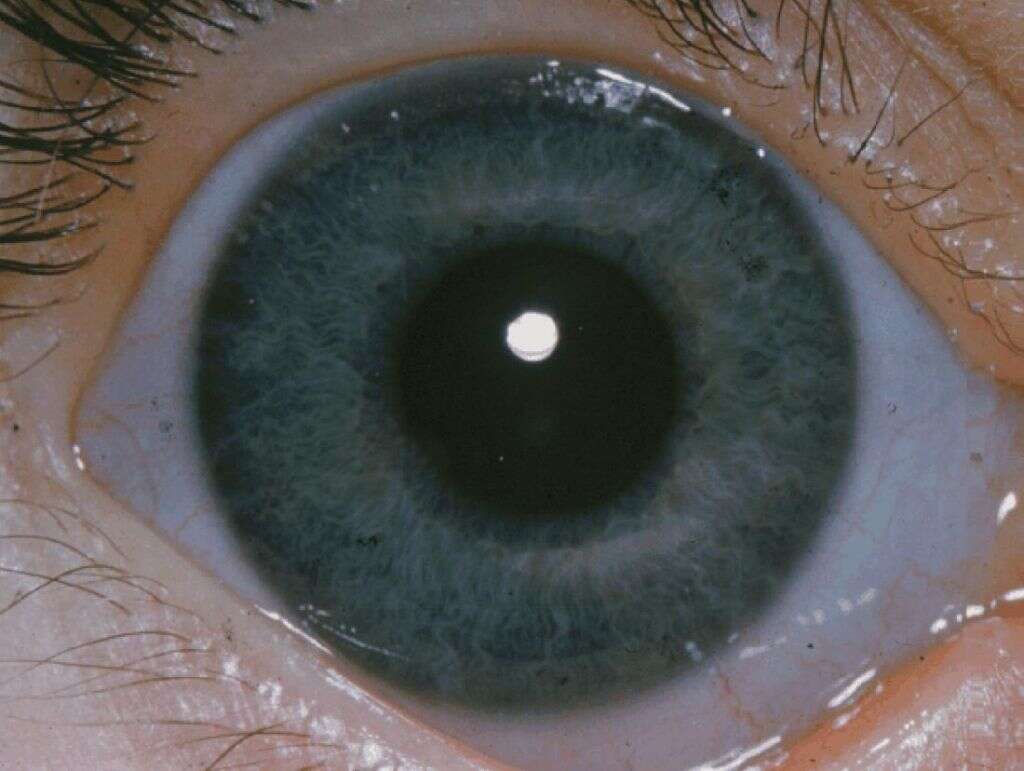
3. Causes
Rarely, Ehlers-Danlos syndrome occurs because of a spontaneous gene mutation. More commonly, you inherit it from one of your parents. There are 20 different genes that, if defective, can cause EDS. Some of these are recessive, while others are dominant genes.
A parent carrying a dominant gene for EDS exhibits symptoms and has a 50% chance of passing it on to his or her offspring. If the gene is recessive, the chance that the parent will pass it on to the children is 25%, and the parent may or may not exhibit symptoms.

4. Prevalence
Though some subtypes are more common than others, Ehlers-Danlos syndrome on the whole is relatively rare. EDS affects people of all races and ethnicities. Both men and women can experience EDS. The estimated incidence rate is approximately one in 2,500 to one in 5,000.
However, the Ehlers-Danlos Society believes that some cases of EDS go undiagnosed and the actual incidence rate may be higher. Research into EDS is ongoing. The 13 categories are a recent development as of 2017. Originally, EDS was divided into 11 categories, which were later simplified into six, then expanded again as research revealed more criteria.

5. Complications
If you have Ehlers-Danlos syndrome, your hypermobility may put you at risk for recurrent dislocations. You may experience joint pain and be at risk for developing osteoarthritis prematurely. If your EDS affects your skin, you may be more susceptible to scarring that is abnormally prominent. You may have extra folds of loose skin prone to wrinkling or sagging.
In addition to the risk of passing on the condition to one’s offspring, women with vascular EDS are at increased risk of pregnancy complications. Weakness of the uterine tissue could cause a rupture and potentially life-threatening bleeding.

6. Diagnosis
Diagnosing the subtype of Ehlers-Danlos syndrome is important for formulating an appropriate treatment plan. Therefore, your doctor will probably first assess your symptoms and then match them against the criteria for the 13 different subtypes of EDS to determine which your condition matches most closely. To confirm the diagnosis and to rule out other connective tissue disorders, your doctor may also perform genetic testing to identify any defects in your DNA.
Not all subtypes of EDS can be confirmed through genetic testing, however. For example, hypermobile EDS is a common subtype for which the genetic cause has not yet been identified. Because it cannot be confirmed through genetic testing, your doctor should be careful not to assign you a diagnosis of hypermobile EDS unless you exhibit all the criteria.

7. Treatment
Treatment of your Ehlers-Danlos syndrome depends upon the subtype and symptoms that you have. Your doctor may send you to physical therapy for strengthening of your muscles and stabilization of your joints through exercise. This may decrease your likelihood of recurrent joint dislocation. It is sometimes necessary to perform surgery to repair an organ or blood vessel rupture or repair damage to a frequently dislocated joint. However, there is a risk that your skin will not heal properly after surgery.
If you have vascular EDS, your doctor may prescribe blood pressure medication to protect your fragile blood vessels from rupture. Joint pain due to hypermobility can be treated with over-the-counter pain relievers under your doctor’s guidance.

8. Coping and Support
There may be in-person support groups in your community for people with Ehlers-Danlos syndrome. If not, you may be able to find one online. These groups offer the opportunity to talk over your experiences with EDS and get help and advice from people going through the same thing. You may also benefit from counseling.
Your managing of your condition will be better the more you know about it. Ask your family doctor for a referral to an experienced specialist and ask about trustworthy sources of information with which to do research. You should be open about your condition with friends, family, and employers so they can make appropriate accommodations for you.

9. Lifestyle
Recovering from an injury can be difficult when you have EDS. Therefore, it is better to prevent injuries from happening in the first place. For example, you may be at risk of damage to your jaw joint. You should inform your dentist of your condition so that he or she can arrange breaks for you to close your mouth during appointments. You should also avoid habits such as chewing gum that put undue stress on your jaw.
You should avoid weightlifting and contact sports, opting instead for activities that minimize stress on the joints of your lower extremities, such as tai chi or swimming. Be careful of the musical instruments that you choose to play. Because of the increased flexibility of your hands, you could excel at the piano or violin, but brass or woodwind instruments could put you at risk for a collapsed lung.
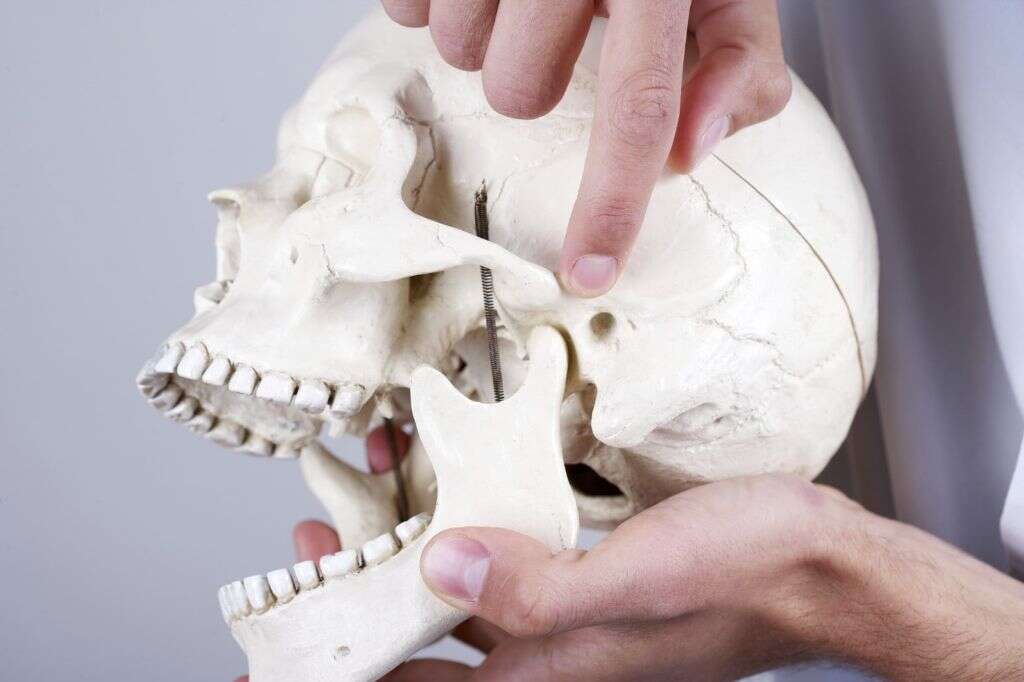
10. Prognosis
Life expectancy with Ehlers-Danlos syndrome can vary based on symptoms and subtype. Because vascular EDS can cause internal bleeding due to ruptures of organs or blood vessels, the life expectancy with this subtype may be lower than others.
Proper management of Ehlers-Danlos syndrome depends on early diagnosis and correct identification of its subtype. It is then possible to design a treatment plan appropriate to your symptoms.




